Specifications
| book-author | Jon R. Bond ; Kevin B. Smith |
|---|---|
| file-type | |
| isbn10 | 1138345199 |
| isbn13 | 9781138345195 |
| language | English |
| publisher | Routledge |
Book Description
**”Analyzing American Democracy: Politics and Political Science” (3rd Edition)** by Jon R. Bond and Kevin B. Smith is a comprehensive textbook that examines the structure, processes, and challenges of American democracy through the lens of political science. It integrates theoretical approaches with practical examples, providing students with a thorough understanding of American government and political behavior.
### **Key Features and Content Overview:**
#### **1. Comprehensive Exploration of American Government**
– **Political Institutions:** The book covers all major American political institutions, including the Constitution, Congress, the Presidency, the federal judiciary, and the bureaucracy. It provides historical context while explaining their current roles and functions.
– **Federalism:** Analyzes the relationship between national, state, and local governments, showing how federalism impacts policymaking and governance in the U.S.
#### **2. Focus on Political Science Methods**
– **Scientific Approach to Politics:** The textbook emphasizes the scientific study of politics, teaching students how to analyze political behavior and institutions using empirical data, surveys, and research methods.
– **Quantitative and Qualitative Analysis:** It introduces students to both quantitative and qualitative approaches in political science, with tools for critically evaluating political data and research.
#### **3. Political Behavior and Public Opinion**
– **Voter Behavior:** The text covers the psychological, social, and economic factors that influence voter turnout and behavior. Topics like political socialization, ideology, and party identification are explored in detail.
– **Public Opinion:** Students learn how public opinion is formed, measured, and how it influences policy and elections. The role of media, polling, and political communication is also addressed.
#### **4. Engaging with Contemporary Issues**
– **Current Political Climate:** The 3rd edition includes analysis of recent political events, including electoral trends, policy debates, and the changing nature of political campaigns. Issues like polarization, inequality, and political reform are discussed.
– **Case Studies and Examples:** Real-world case studies are used throughout the text to illustrate key points. These include examples from recent elections, Supreme Court cases, and significant legislative battles.
#### **5. In-Depth Analysis of Political Parties and Elections**
– **Party Systems:** The book examines the evolution of the American party system, the role of third parties, and how political parties organize and operate in modern elections.
– **Campaigns and Elections:** Topics such as campaign finance, the Electoral College, and voting systems are thoroughly explored, helping students understand the complexities of the American electoral process.
#### **6. Civil Liberties and Civil Rights**
– **Constitutional Foundations:** The text offers a detailed discussion of civil liberties and civil rights, focusing on key Supreme Court decisions and legislative milestones in American history.
– **Rights Movements:** It covers the historical and ongoing struggles for civil rights in America, including the roles of race, gender, and class in shaping access to political power and participation.
#### **7. Policy Making and Governance**
– **Policy Process:** Students are introduced to how policies are formulated, adopted, and implemented within the American political system. Topics like healthcare, economic regulation, and environmental policy are covered.
– **Interest Groups and Lobbying:** The influence of interest groups, political action committees (PACs), and lobbying on the policymaking process is explored, emphasizing their roles in shaping public policy.
#### **8. Political Theory and Democracy**
– **Theoretical Approaches:** The book integrates discussions on various political theories, including democratic theory, pluralism, and elite theory, allowing students to critically assess the strengths and weaknesses of American democracy.
– **Democratic Challenges:** It also addresses modern challenges to democracy, including political polarization, media fragmentation, and the decline of civic engagement.
### **Conclusion**
**”Analyzing American Democracy: Politics and Political Science” (3rd Edition)** by Jon R. Bond and Kevin B. Smith offers an in-depth and scientifically grounded exploration of American politics. By combining theory with practical examples, the text equips students with the analytical tools needed to understand the dynamics of American government and the behavior of its citizens.



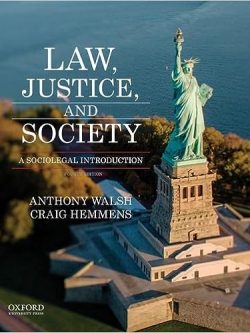
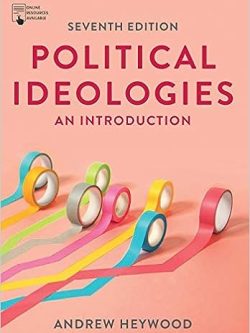


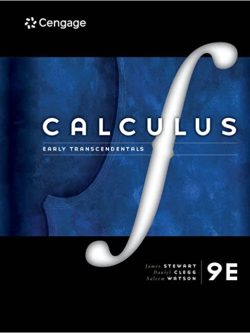

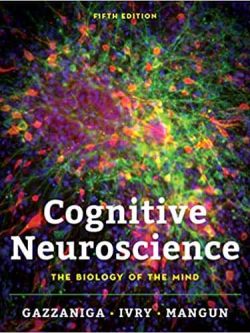
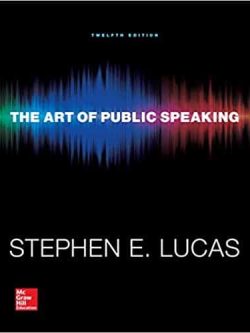


Reviews
There are no reviews yet.